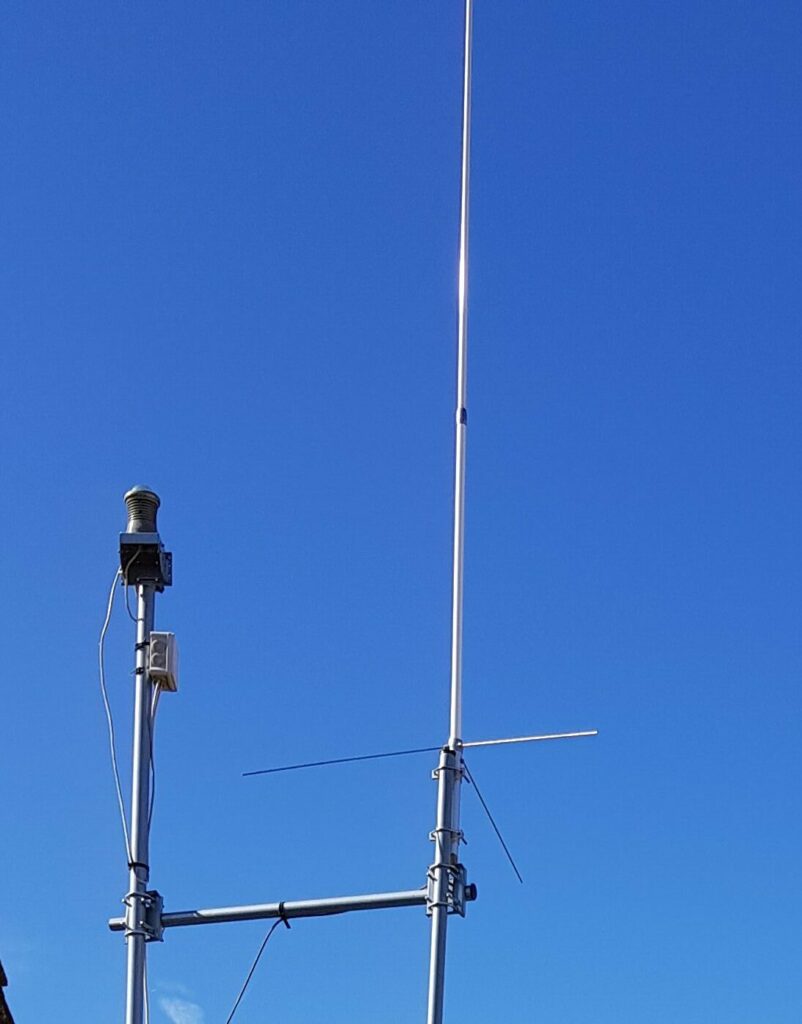
In addition to optical observations, we use the powerful signal of the GRAVES radar of the French Air Force. This radar is particularly well adapted for the detection, identification, and tracking of space targets including incoming meteoroids. Located near Dijon (Burgundy, central eastern France), its four main beams transmit nominally on a half-volume located south of a line between Austria and western France. However, the secondary radiation lobes of the radar make it possible to also detect meteors that disintegrate in the northern part of France. For such observations we do not need as tight a mesh as we do for the optical network. We have 25 stations with an average distance of 200 km, mainly in France, but also in Belgium, United Kingdom, Italy, Switzerland, Spain, and Austria. The GRAVES radar system transmits on 143.050 MHz in a continuous wave (CW) mode 24 hours a day. A meteoroid entering the E and D layers of the Earth ionosphere produces ions and free electrons generated by the ionization of air and of meteoroid molecules. The free electrons have the property of scattering radio waves according to “back or forward meteor scatter” modes when they are illuminated by a radio transmitter.
A typical FRIPON radio setup consists of
– a 2.5 m long vertical ground-plane antenna ref.COMET GP-5N connected to the radio receiver via a 50Ω coaxial cable model KX4;
– a general purpose Software Defined Radio (SDR) ref. FUN-cube Dongle Pro +
The ground-plane antenna radiation pattern is omni-directional in the horizontal plane, allowing both back and forward meteor scatter modes. The gain of this vertically polarized antenna is around 6 dBi. The FUNcube SDR is connected to one of the USB ports of the station and the I/Q data produced by the radio are recorded 24 h a day on the local computer hard disk. The SDR is a general coverage receiver, whose main characteristics are as follows:
- Frequency range 150 kHz to 240 MHz and 420 MHz to 1.9 GHz;
- Sensitivity: typically 12 dB SINAD NBFM for 0.15 μV at 145 MHz;
- Reference oscillator stability: 1.5 ppm;
- Sampling rate: 192 kHz;
- Bit depth: 16 bits (32 bits used internally).
A low noise amplifier (LNA) and a surface acoustic wave (SAW) filter fitted in the front end of each receiver offer an adequate sensitivity and selectivity for the meteor echoes.
